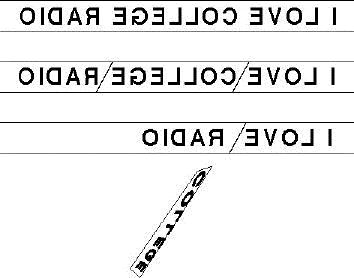Tape Editing/SplicingTape editing/splicing is one of those things that many people think is extremely complicated. People who edit tape are reluctant to teach others. It makes them somehow feel superior. "I can edit and you can't nah, nah, nah, nah, nah!" Splicing tape is easy. It is simply a matter of rearranging sounds. You physically cut out unwanted words, phrases or sounds and rejoin the remaining pieces with adhesive (splice) tape. To edit you must first understand the order of the tape heads. The order is Erase, Record, Play (ERP). In tape editing the playback head is the one you will need. The key to splicing is this fact: at the moment you hear a sound being reproduced by the machine, it is directly over the center of the playback head. This allows us to locate individual sounds on the tape so that we know where to cut. Sounds wanted at the end of a passage, should have just cleared the playback head. Sounds intended for the beginning of a passage, should be approaching the playback head. Remember reel-to-reel tape-recorders transport tape from left to right. This
is the way sound is put on tape. If we could see sound as we were splicing,
it would look like in the diagram. When splicing we would want to make sure that LOVE has passed the playback head. RADIO should be approaching the playback head. Once COLLEGE has been cut out, we can join LOVE and RADIO with splicing tape. It is good practice to learn to splice using your eyes, ears, and hands to locate sounds. China markers (grease pencils) may be used to mark tape, but they are never around when you need them and they coat the playback head (never mark directly on the playback head, use the post to the right). If you pick the tape up just past the playback head and place it between the diagonal and straight groove, you can't miss, (neat huh)... provided you've matched your sounds up properly. Remember, ending sound past playback head, beginning sound approaching playback head. Some Hints:
Like most production work, skillful tape slicing requires a lot of practice. Don't be afraid to make mistakes! Go Forward, Fear Splicing no More! It is important to be ethical when splicing. "Once you acquire the skill of splicing, you acquire the ability to make anyone say anything." --F. Gifford Tape A Radio News Handbook |
